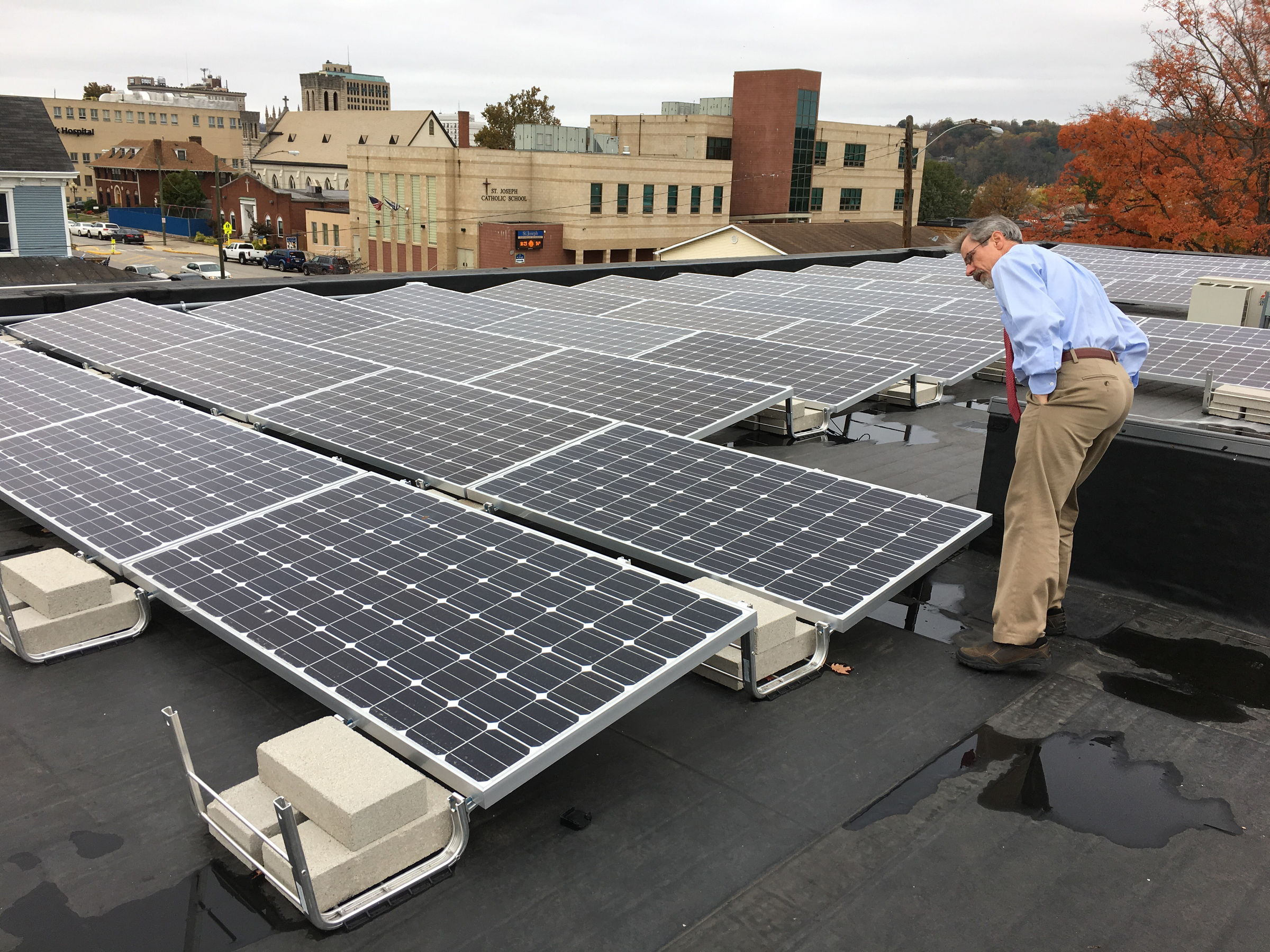
We surmised that three variables were particularly salient in determining replacement decisions: installation price, compensation rate (i.e., the going rate for solar energy sold to the grid), and module efficiency. data, we modeled the incentives affecting consumers’ decisions whether to replace under various scenarios. They do not account for the possibility of widespread early replacement. The threat is hidden by the fact that IRENA’s predictions are premised upon customers keeping their panels in place for the entirety of their 30-year life cycle. But with so many years to prepare, it describes a billion-dollar opportunity for recapture of valuable materials rather than a dire threat. The International Renewable Energy Agency (IRENA)’s official projections assert that “large amounts of annual waste are anticipated by the early 2030s” and could total 78 million tonnes by the year 2050. To be sure, this is not the story one gets from official industry and government sources. In an industry where circularity solutions such as recycling remain woefully inadequate, the sheer volume of discarded panels will soon pose a risk of existentially damaging proportions. Panels, Panels EverywhereĮconomic incentives are rapidly aligning to encourage customers to trade their existing panels for newer, cheaper, more efficient models. But there’s a massive caveat that very few are talking about. This is all great news, not just for the industry but also for anyone who acknowledges the need to transition from fossil fuels to renewable energy for the sake of our planet’s future. For the end consumer, this amounts to far lower up-front costs per kilowatt of energy generated. The conversion efficiency of panels has improved by as much as 0.5% each year for the last 10 years, even as production costs (and thus prices) have sharply declined, thanks to several waves of manufacturing innovation mostly driven by industry-dominant Chinese panel producers. Tax subsidies are not the only reason for the solar explosion. Therefore, sales of solar will probably burn even hotter in the coming months, as buyers race to cash in while they still can.

After 2023, the tax credit will step down to a permanent 10% for commercial installers and will disappear entirely for home buyers.

Solar’s pandemic-proof performance is due in large part to the Solar Investment Tax Credit, which defrays 26% of solar-related expenses for all residential and commercial customers (just down from 30% during 2006–2019). And that’s not even taking into consideration the further impact of possible new regulations and incentives launched by the green-friendly Biden administration. Over the next 10 years, that number may quadruple, according to industry research data. In the U.S., home installations of solar panels have fully rebounded from the Covid slump, with analysts predicting more than 19 gigawatts of total capacity installed, compared to 13 gigawatts at the close of 2019.


 0 kommentar(er)
0 kommentar(er)
